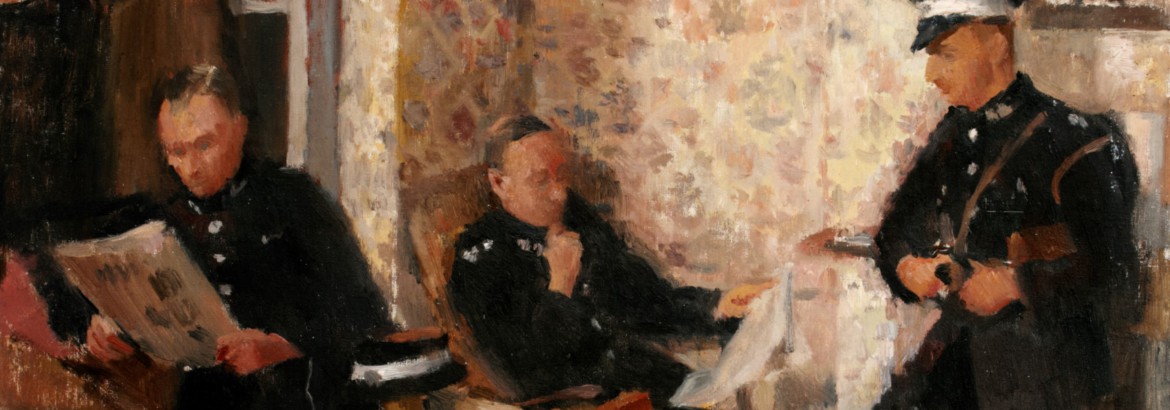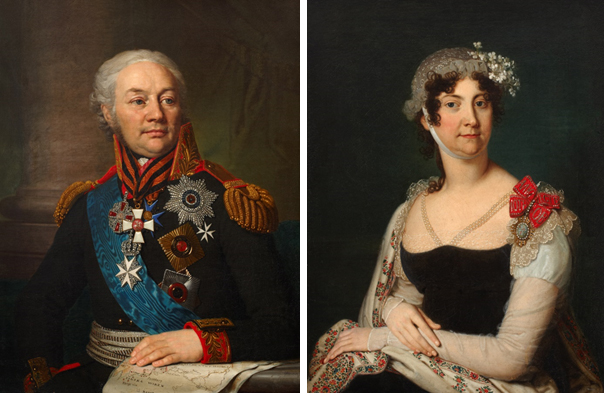Renowned for his intimate style and careful precision, Vladimir Lukich Borovikovsky was one of the leading portraiture painters in early nineteenth century Russia. He began his career creating icon paintings for local churches. After producing two allegoric paintings for Empress Catherine II and Peter I of Russia, the Empress was so impressed that she requested that Borovikovsky move to Saint Petersburg to paint some of the most influential Russians at court. Borovikovsky’s sitters included members of the imperial family, courtiers, generals and aristocrats including these companion portraits of Count Friedrich von Buxhoevden and Countess Natalia von Buxhoevden.
In 1799 St Petersberg was the Order’s centre of administration when Tsar Paul I became the new Grand Master. After General Napoleon Bonaparte invaded and captured the island of Malta in 1798, many Knights fled to various protectorates of the Order, including the Russian Priories. The former Grand Master Hompesche was accused of betraying the Order by allowing Napolean to take Malta. Consequently, Tsar Paul I, an avid supporter of the Order, was nominated by the Priory of St Petersburg to be Grand Master. Since Tsar Paul I was unchaste and neither a Roman Catholic or a Knight, this was quite an unusual and controversial choice. As Grand Master Tsar Paul I created a Grand Priory in collaboration with the Orthodox nobility, established many new commandries and invited Russian aristocrats and generals to join the Order.
The military Commander Count Friedrichvon von Buxhoevden , depicted in the first of these companion portraits, had fought against Napoleon in 1805 at the Battle of Austerlitz; he failed to achieve victory by getting drunk during the battle. Buxhoevden, had more success as the infantry general who led the Russians during the Finnish War from 1808-1809. In this portrait his hand rests on a map of Finland, which was seized as Russian territory during the conflict. Buxhoevden was bestowed the honour of member of the Order before Tsar Paul I assassination. He wears the insignia of the Order of St Catherine, alongside other decorations.
In the companion portrait his wife, the Countess and aristocrat Natalia, also wears the insignia of the Order of St Catherine on her left shoulder. This was presented by Tsar Paul I to ladies of noble birth.
Tsar Paul I became increasingly unpopular among the Russian nobility when his domestic policies began to favour the lower classes and his negotiations over the authority of Malta failed. These decisions ultimately resulted in his murder in March 1801.
The brief history of the Order in Russia enabled the continuation of the organisation after 1798; eventually the Order was re-established in England with their headquarters at St John’s Gate.
Sources:
Tsar Paul I: The Unlikely Grand Master, Sarah Wilkinson
Helen Nicholson, The Knights Hospitaller, The Boydell Press (2001)
Gregory Fremont-Barnes and Todd Fisher, The Napoleonic Wars: The Rise and Fall of an Empire. Osprey Publishing, 2004.



